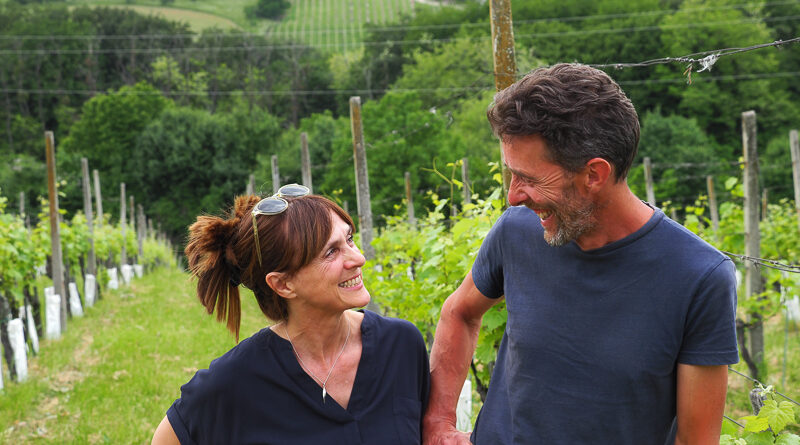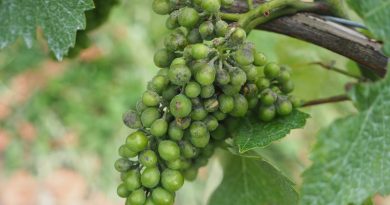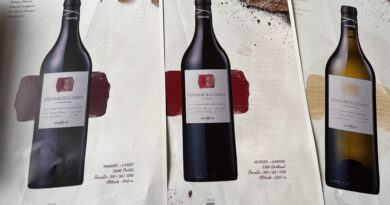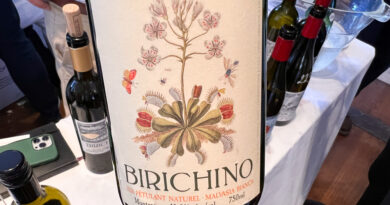In Slovenia (4) visiting Roka, in Kog
Liam and Sinead Cabot hail from Ireland, where they currently run a successful wine importing business, Cabot & Co https://www.cabotandco.com/ They’ve always been into wine, and set up a wine shop in Dublin which they ran until 2006, and which sold the wines they imported.
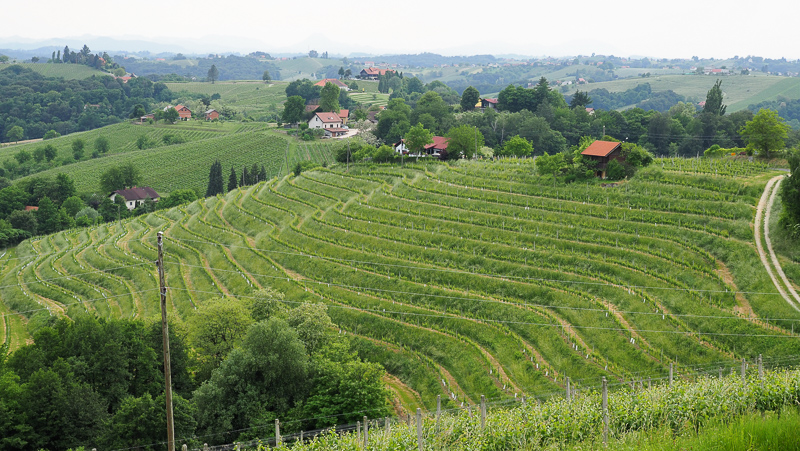
It was in 2004 when they made their big life change. They were just about to take a lease on a wine bar in Dublin for €100 k a year, but instead they bailed and decided to leave the stress of the city, relocating the family to Westport on the west coast. ‘We packed up our stuff into an old Citroen,’ says Liam. ‘We had bikes the kids never used. The evening we arrived in Westport the kids took their bikes out and made friends.’ At this stage Liam was still commuting to Dublin three times a week. It took them two years to find their family home in Westport, and two years to find a tenant for the wine shop. In Westport the rents were too high to make a wine shop feasible, so they switched to being wholesalers.
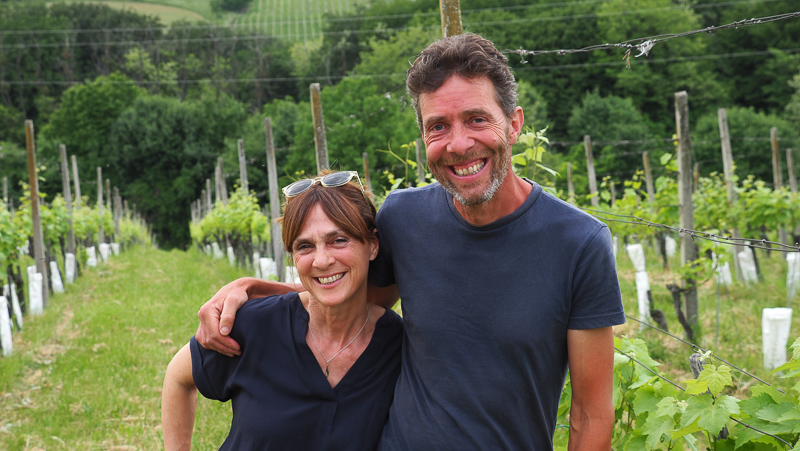
They decided, though, that they’d really like to buy a vineyard. Liam’s dad worked as an environmentalist, and he’d worked in Ljubjana for a few years, so Slovenia stood out as an option. After lots of searching they found a place with potential on the internet: a house and a vineyard in a village called Kog. Liam came out in 2007 for a weekend, loved it, and rang Sinead who gave him the go-ahead even though she’d not visited. But buying a place here takes time: for agricultural land, the neighbouring landowner is legally offered the option to come in and buy it at the agreed price, so it took 3 months to actually complete the purchase.
This is in the Ljutomer-Ormož wine region, which consists of 2000 hectares of vines in a hilly area on the edge of the Pannonian Plane. The soils are heavy clay with sandstone. The region is dominated by a huge cooperative in Ormož who make 5 million litres of wine a year. They are now privately owned and are called Puklavec and Friends.
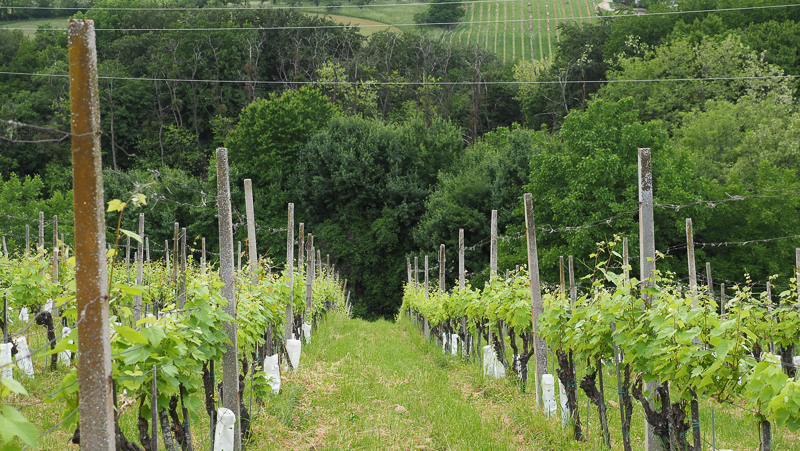
They didn’t begin making wine, though. The old guy who sold it to them, Ivan, carried on making ‘open wine’ (unbottled wine) from the grapes which he sold. They became friendly with a local winemaker called Miro Munda, whose wine they were importing (Miro Vino). Their first attempt at winemaking, in 2011, involved taking two rows of their vines from Ivan, and it was a disaster. But aided by Miro, they bought some 500 litre wooden fermenters and started buying grapes, making wines in an non-interventionist way. Then Ivan let go of the vineyard.
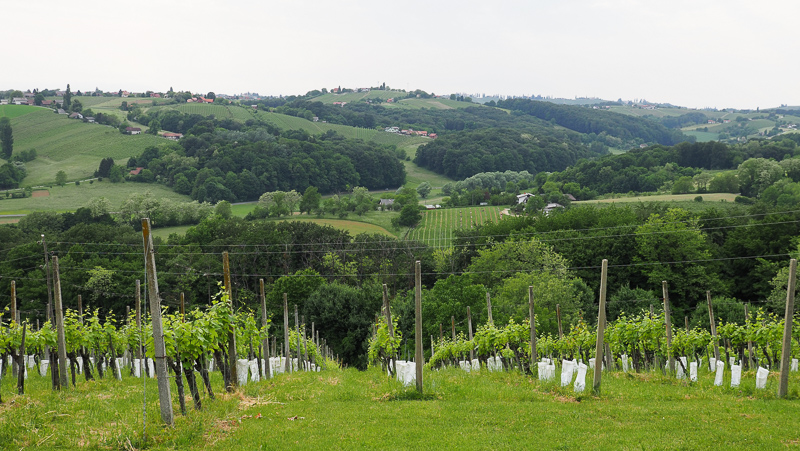
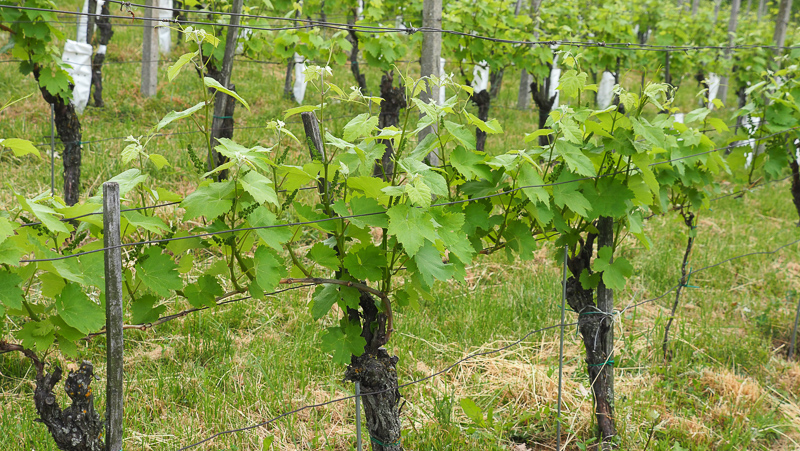
The Cabots decided they wanted to plant some Blaufränkisch, so they planted half a hectare by hand in 2012. This was a bold step for a predominantly white wine region. The rest of their vineyard was already planted with Furmint and Laški Rizling. With an adjoining plot that they’ve purchased, they now have 2 hectares of fairly steeply sloped vineyard, of which 1.25 hectares is currently producing. They do all the work themselves, except for the spraying. First vintage of Roka (which means hand in Slovenian) was 2013, but it took until 2015 for them to make wines they were really happy with.
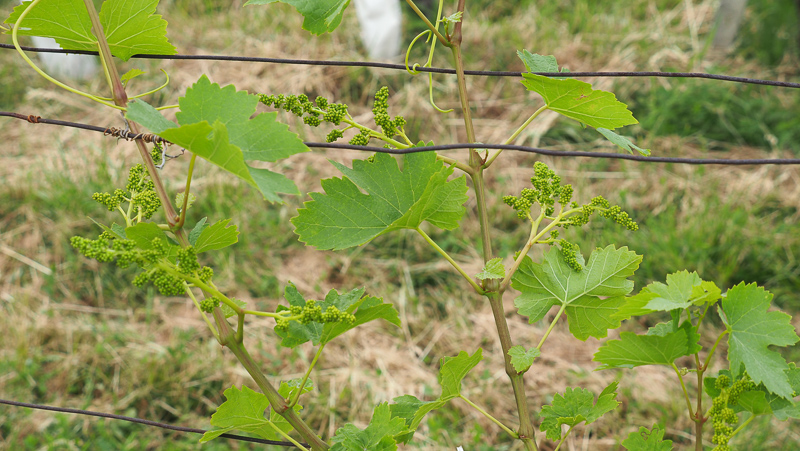
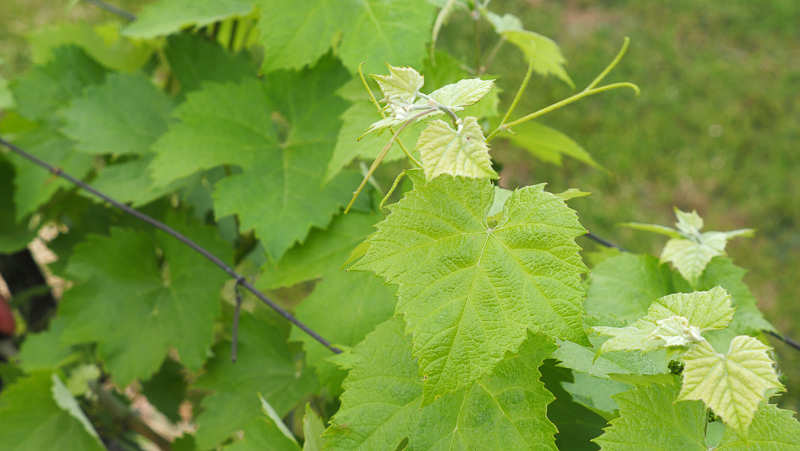
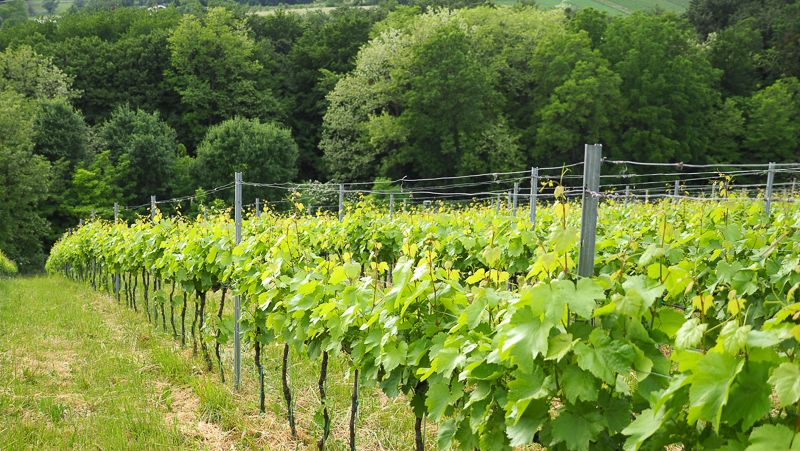
Their most recent planting was quite a fraught experience. On St Patrick’s Day in 2020 they were in the west of Ireland. They’d planned to plant the vineyard and they’d ordered the vines, and the pandemic had just begun. Shall they go or not? No one knew the answer. But when you are making wine there’s the vintage in cellar, the vintage waiting to be shipped and the next vintage about to happen. With this in mind they decided they had to get over to Slovenia. They got on the plane and got off in Vienna. ‘It was like the scene from ET,’ says Liam. ‘We were met with Hazmat suits.’ They’d rung their local taxi firm asking to be picked up at the border train station. So they got off the train. ‘We basically walked across the border into Slovenia with two kids and Slovene ID cards,’ he says. Fortunately, the taxi guy was there, and they managed to get to their house and vineyard. This was March 28, and that day the flights stopped and the border with Ireland closed. ‘We did two weeks voluntary isolation and then it was the best period ever,’ says Liam. And then they planted the vineyard.
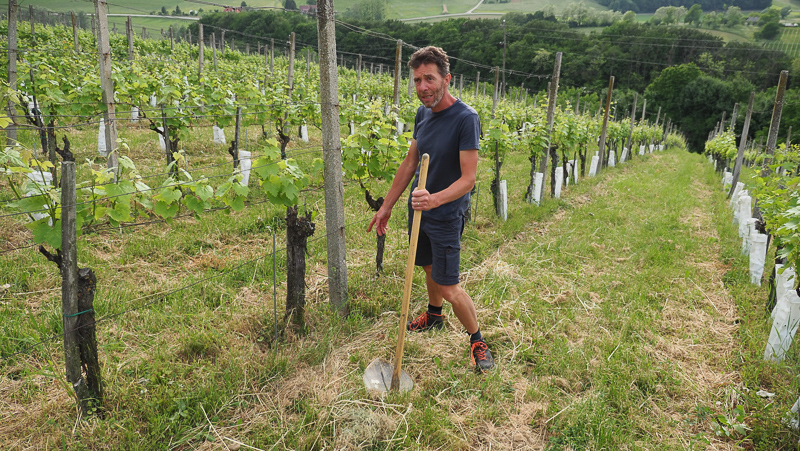
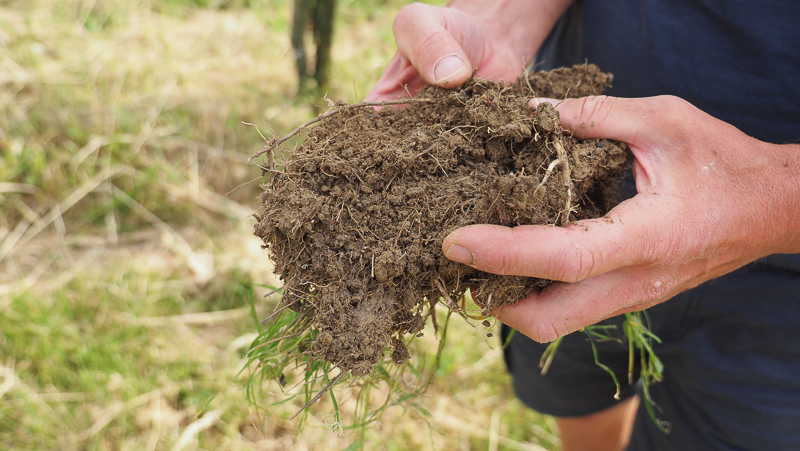
Winemaking is lo-fi. All the whites are under 50 ppm total SO2. The first wine we tried, the Laški, was at 12 ppm free SO2, and we tried a third-empty bottle that had been open for three weeks, and it showed no hint of oxidation. This is a paradox.
THE WINES
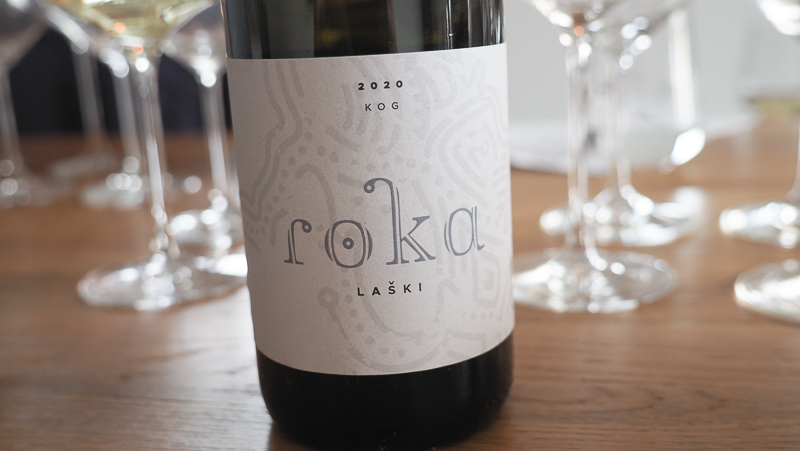
Roka Laški Rizling 2020 Štajerska, Slovenia
‘Laški is a much maligned grape but we think it has great potential,’ says Liam. Whole bunch pressed to stainless steel at low pressure with no sedimentation. Then goes into neutral 600 litre oak. Racked after 12 months. Nice purity here with some ripe pithy notes and a mineral edge to the yellow plum and citrus fruit. Has hints of cardamon and ginger as well as some orange peel. Lovely stuff. 91/100
Roka Laški Rizling 2019 Štajerska, Slovenia
A riper vintage. This has rich yellow fruits, a bit of spiciness with a saline twist on the finish. Supple with sweet pear and yellow plum fruit, finishing with some sweetness. Dry but very fruity, and showing a nice acid line. 90/100
Roka Laški Rizling 2018 Štajerska, Slovenia
This was all stainless steel (there was a winemaking shift from 2018 to 2019). Fresh, fruity and delicate with nice precision. It has mandarin and white peach with a bit of table grape character. Finely spiced and with a twist of salinity. Nice fruit-forward style with a crystalline quality. 90/100
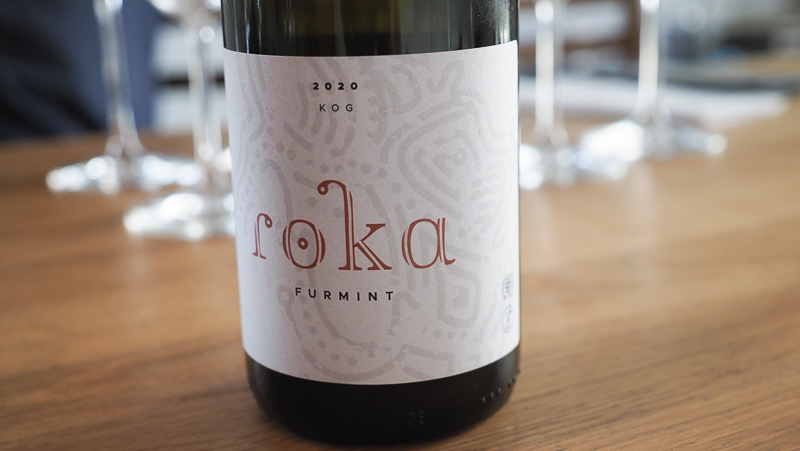
‘When we came here we worked with what we were given,’ says Liam. ‘Laški was mainly used as a spritz and rarely bottled. And Šipon [Furmint] was mainly used as a sweet variety – Stanko Čurin made famous sweet Yugoslavian wines.’
‘Furmint as a dry variety has only come onto its own in recent years,’ he adds. ‘Tokaji is moving to a drier style. I think here you have an amazing opportunity climate and soil wise to make dry Furmint. The thing with Furmint is the acidity. When we started tasting and making wine, acidity is a kaleidoscope of flavours.’
Sinead adds that there is an idea of ‘ripe’ acidity. ‘Whatever the level, is it ripe? If it is high and ripe it fits in the jigsaw.’ They leave their Furmint on the vine even when the sugars have stopped climbing to ripen the acidity. ‘Two weeks before harvest you can have 12 g/l TA and pH 2.9, and by harvest it goes to 9 and 3.1.’ This wine is fermented in small (500 litre) open oak fermenters and then it’s racked into oak barrels.
Roka Furmint 2020 Štajerska, Slovenia
12% alcohol. Linear, taut and bright with citrus, pear and a hint of apricot with intense acidity, showing a steely acid line that’s quite crystalline and showing fine citrus fruit, as well as a subtle appley hint. Such precision here, with some ripe fruit notes holding the high acidity in beautiful tension. 92/100
Roka Furmint 2019 Štajerska, Slovenia
This is a ripe year. This has a fleshy, almost jellyish quality to the candied lemon fruit with some table grape notes. It has richness, with a touch of sea shore and bright lemons and mandarin. There’s a touch of lime oil, too. Shows lovely ripe fruit as well as good acidity. 91/100
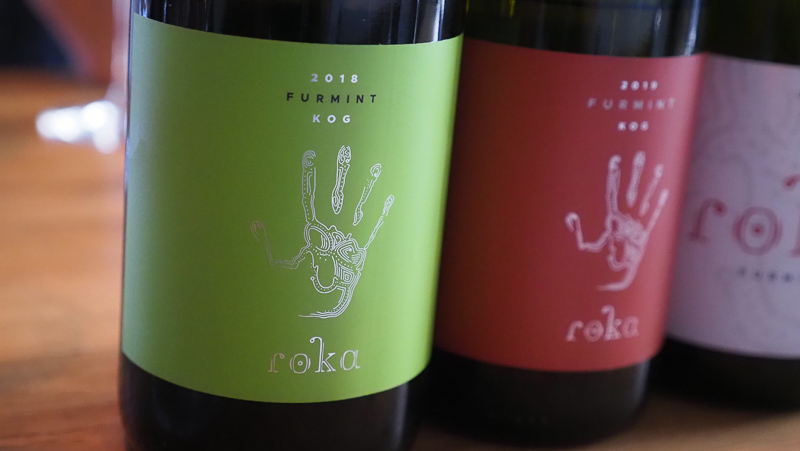
Roka Furmint 2018 Štajerska, Slovenia
Stainless steel only. Has a fine toastiness to the nose with a slight creaminess to the concentrated mandarin and lemon fruit. Juicy and linear on the palate with some honeyed richness but also appealing melony notes. Steely and mineral on the finish with ripe, rich fruit at the same time. 90/100
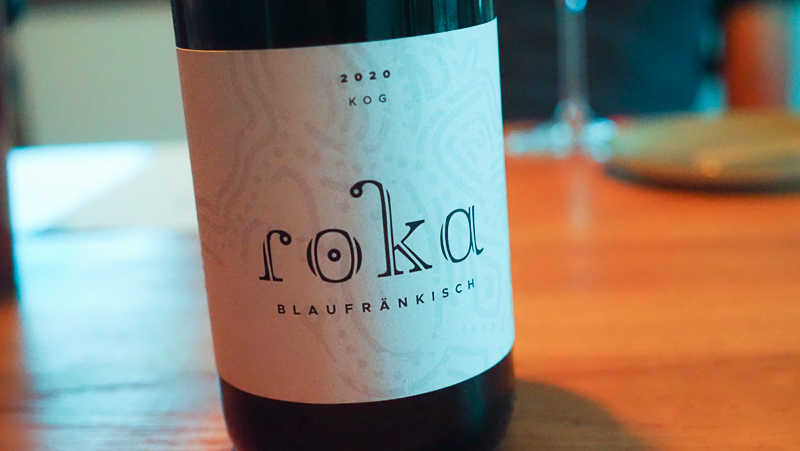
‘To me, Blaufränkisch is like a red Furmint,’ says Liam. ‘We wait and wait for phenolic ripeness in the skins and the pips,’ says Sinead. They harvest in October. ‘There is a fragility to the fruitiness as there is with Pinot Noir.’ In the winery, they destem and cool down the must with five litre plastic water bottles that they freeze. Total added sulfites of 30 ppm.
Roka Blaufränkisch 2020 Štajerska, Slovenia
12.5% alcohol. Neutral oak. Has a bit of Laški in as a co-ferment. This is fresh, juicy and tart with lovely red cherry and plum fruit. There’s some raspberry and redcurrant, too. Good acidity with a nice sour cherry edge. There’s a bit of grip here but the main structure is from the acidity. Has a hint of chocolatey richness, too, but the main emphasis is purity of fruit. 91/100
Roka Blaufränkisch 2019 Štajerska, Slovenia
12.5% alcohol. 2% Laski as a co-ferment. This is substantial and ripe, with sweet black cherry and blackberry fruit, showing juicy black fruits with some raspberry notes. Fresh and juicy with floral fruits, and nice substance and structure. Juicy and fleshy with some fine-grained tannins. There’s some citrus peel and keen acidity, with a twist of sour cherry, too. 92/100
Roka Blaufränkisch 2018 Štajerska, Slovenia
12.5% alcohol. This is supple and bright with lovely pure sweet black cherry and plum fruit. It’s fine and supple with a salty liquorice note as well as dark chocolate and sweet berry fruits. So floral and expressive with nice acidity and freshness. 92/100

